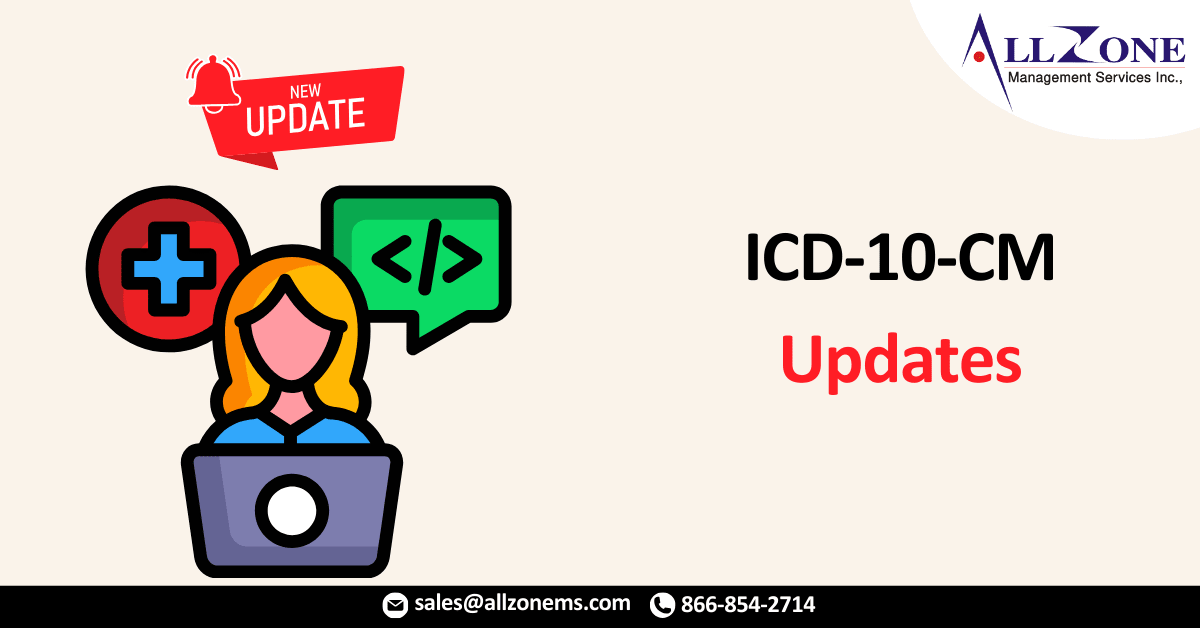The FY21 ICD-10-CM codes were released by the Center for Disease Control and Prevention (CDC) on July 1, 2020. The new and updated diagnosis codes are another part of the preparation for FY21 which begins on October 1, 2020.
The final codes were very similar to the diagnosis codes that were released earlier this year. There are 490 new codes. Included in these diagnosis changes are:
- Expansion of tick-borne diseases
- Additional sickle-cell and Hb-SS disease and complications
- Babesiosis
- Cytokine Release Syndrome – grades 1 – 5 and unspecified
- Diseases of glucose transport
- Alcohol and various drug abuse or use with withdrawal
- Expansion of cerebellar ataxia
- Cerebrospinal fluid leak
- Different types of hereditary corneal dystrophies
- Additions to eosinophilic pneumonia
- Esophagitis with and without bleeding
- Addition of “Other Specified Site” throughout arthritis and osteoporosis
- Chronic Kidney Disease – 3a, 3b, and unspecified
- Neonatal cerebral infarction with laterality
- Injuries to thorax including front and back wall
- Complications of corneal transplant including rejection, failure, and infection
- Transportation accidents with electric scooter
With the new diagnosis codes, there have been numerous updates to spelling and punctuation in the Index and Tabular.
The updates to the ICD-10-CM Official Coding and Reporting Guidelines were also released. Many of the changes to the guidelines include the coding of COVID-19. The updates related to coronavirus also impact Pregnancy and Newborn guidelines. The narrative changes are in bold text and the underlines indicate items that were moved within the guidelines. Other changes include the incorporation of the previously released guideline on vaping-related disorders. The guideline I.B.14 has been updated to address additional information that has been relayed by the patient for social determinants of health. The updated guideline states that patient-reported information may be used for social determinants of health if the provider signs the documentation
The release of the diagnosis and inpatient procedure codes is not the complete picture for preparation for FY21. The Inpatient Prospective Payment System Final Rule for FY21 finishes the picture. The final rule includes updates to the comorbid/complication status (CC and MCC), changes to the operating room code status, a revision to the Medicare Code Editor (MCEs), and New Technology Add-On Payment (NTAP) items.
In preparation for the final rule, get familiar with the new diagnosis and procedure codes, and understand how and if they impact your facility coding. Research where the documentation is found in the electronic medical record. Review the new codes to determine if they impact the clinical documentation query templates. The templates can be updated to be effective on October 1, 2020. Another preparation task is to update the facility-specific coding guidelines. The update will not be final until the changes to the New Technology items have been identified. This is the first education on the new codes for the coders and clinical documentation specialists.
Preparation for the new fiscal year is more than the new diagnosis and procedure codes. It includes understanding the MS-DRG changes and operational impacts.
For More Information: https://www.icd10monitor.com/fy21-icd-10-cm-more-than-codes

